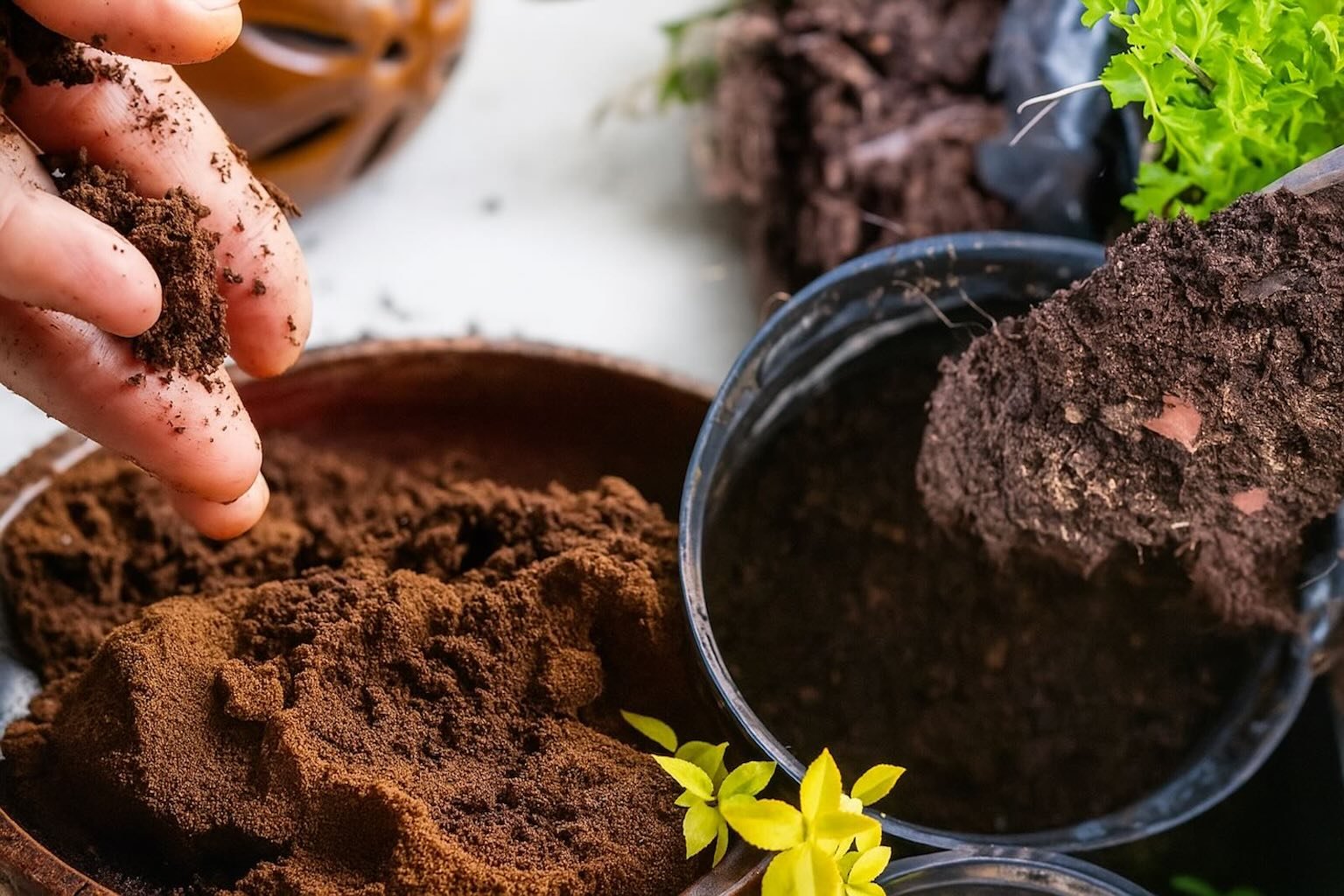Think coffee grounds are nothing more than kitchen leftovers? Think again. That dark residue you usually toss out is actually a powerful ally for your plants. It enriches the soil, deters pests, and can even boost flowering. But there’s a twist: not every plant responds the same way. Some thrive with it, while others struggle. Ready to stop throwing away this free resource? Let’s take a closer look.
Coffee Grounds: A Secret Ally for Garden Favorites
Roses absolutely love coffee grounds. A small sprinkle around their base helps them bloom stronger, with brighter colors and fewer diseases. Hydrangeas also benefit: the slight acidity enhances their vivid blue shades, especially in alkaline soils.
Tomatoes, on the other hand, need careful attention. A little helps—one spoonful can improve growth and repel slugs or aphids—but too much can stunt them.
Strawberries are another winner. With coffee grounds, their fruit becomes sweeter and more flavorful. Even houseplants respond well. Feed a Ficus or Monstera once a month with a pinch of grounds, and you’ll notice lush new growth.
These Fruits and Veggies Can’t Get Enough
Coffee grounds benefit a surprisingly long list of plants. Beans, eggplants, and lettuces grow healthier and fuller. Camellias and blueberries flourish thanks to the extra acidity. Broccoli produces denser heads, zucchini grows plumper, and chicory thrives.
Some unexpected fans? Potatoes develop larger tubers with little extra effort. Cucumbers also show improvement when treated with a light dose. Even picky peonies and rhododendrons react positively, producing fuller blooms when nourished this way.
Coffee Grounds vs. Pests: Nature’s Defense
If you’re tired of pests, coffee grounds may be the solution. Ants, slugs, and even neighborhood cats dislike the smell and texture. Sprinkling a thin barrier around sensitive plants keeps them at bay. Aphids also retreat when exposed to it.
Want extra protection? Mix coffee grounds with citrus peels for a natural repellent that’s surprisingly effective. Just remember: moderation is key. A thin layer protects plants, but overdoing it can block air and water, harming roots.
Pitfalls to Avoid (Especially for Beginners)
There are a few common mistakes gardeners make. Never use fresh grounds straight from the filter—let them dry for at least 24 hours, otherwise they may grow mold. Moldy grounds can suffocate plants rather than help them.
Another point: acidity. While coffee grounds are only mildly acidic, using them excessively in already acidic soil can cause imbalances. Always test your soil if you’re unsure.
Stick to the right amount: 1–2 teaspoons per plant, no more than four times a year. Rotate with other organic fertilizers to maintain a balanced soil ecosystem.
Pro Tips for Smarter Use
Coffee grounds aren’t just for direct use. Add them to your compost heap and watch decomposition speed up. The result? Richer, more fertile soil. Grounds also attract earthworms—the best natural tillers—which help keep soil aerated and healthy.
For potted plants, mix a pinch into the soil when repotting. Even used paper filters can go straight into compost, making it a zero-waste solution. It’s simple, natural, and cost-free.
Your Coffee Grounds Deserve Better Than the Trash
The next time you brew your morning coffee, think twice before tossing the grounds. They’re far from waste—they’re garden gold. Used wisely, they strengthen plants, fight pests, and enrich the soil. They also reduce waste and save you money.
Just remember: each plant has its own preferences. Start small, experiment carefully, and let your garden guide you. With the right balance, coffee grounds turn from trash into treasure—helping you create a thriving, eco-friendly garden.
